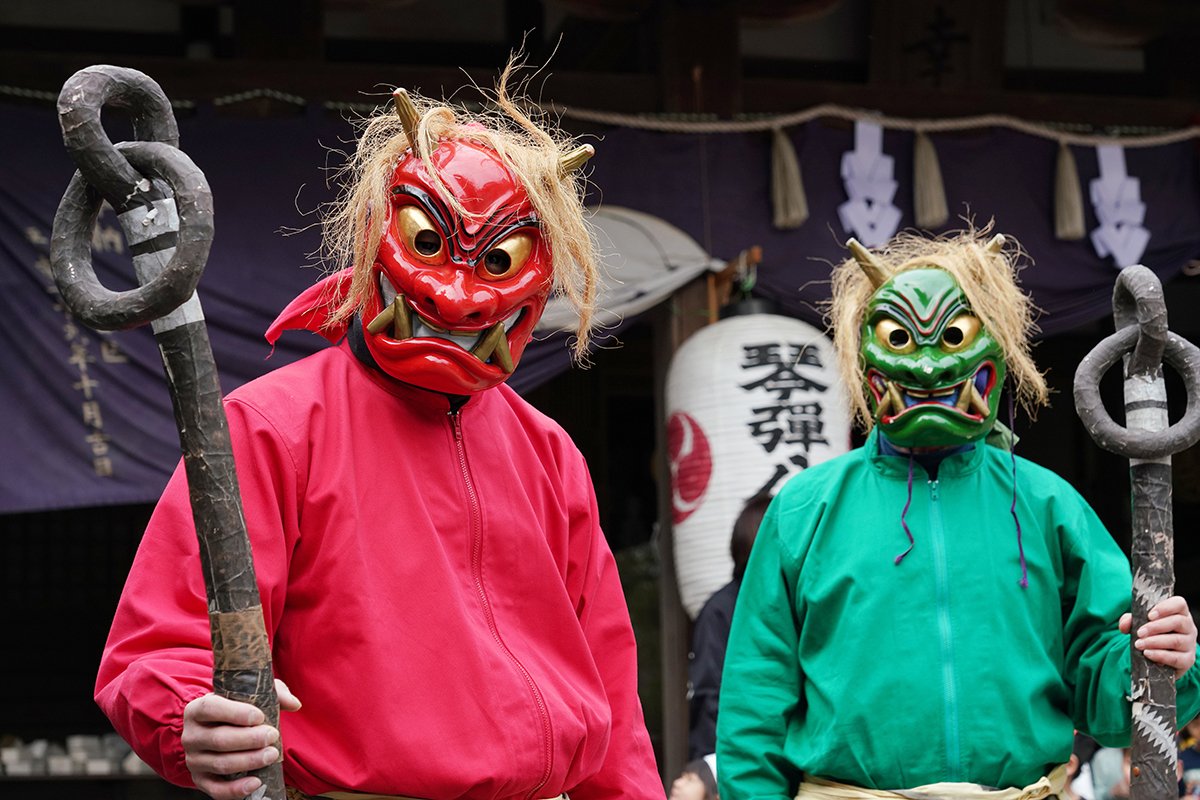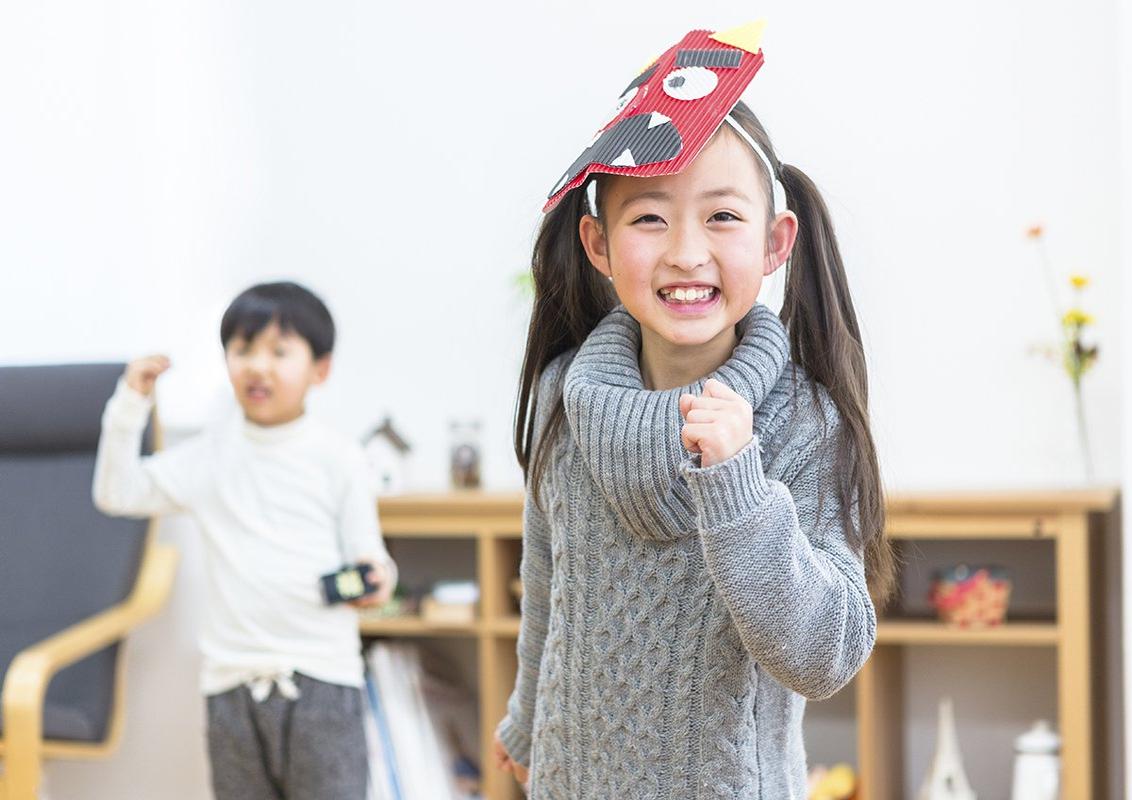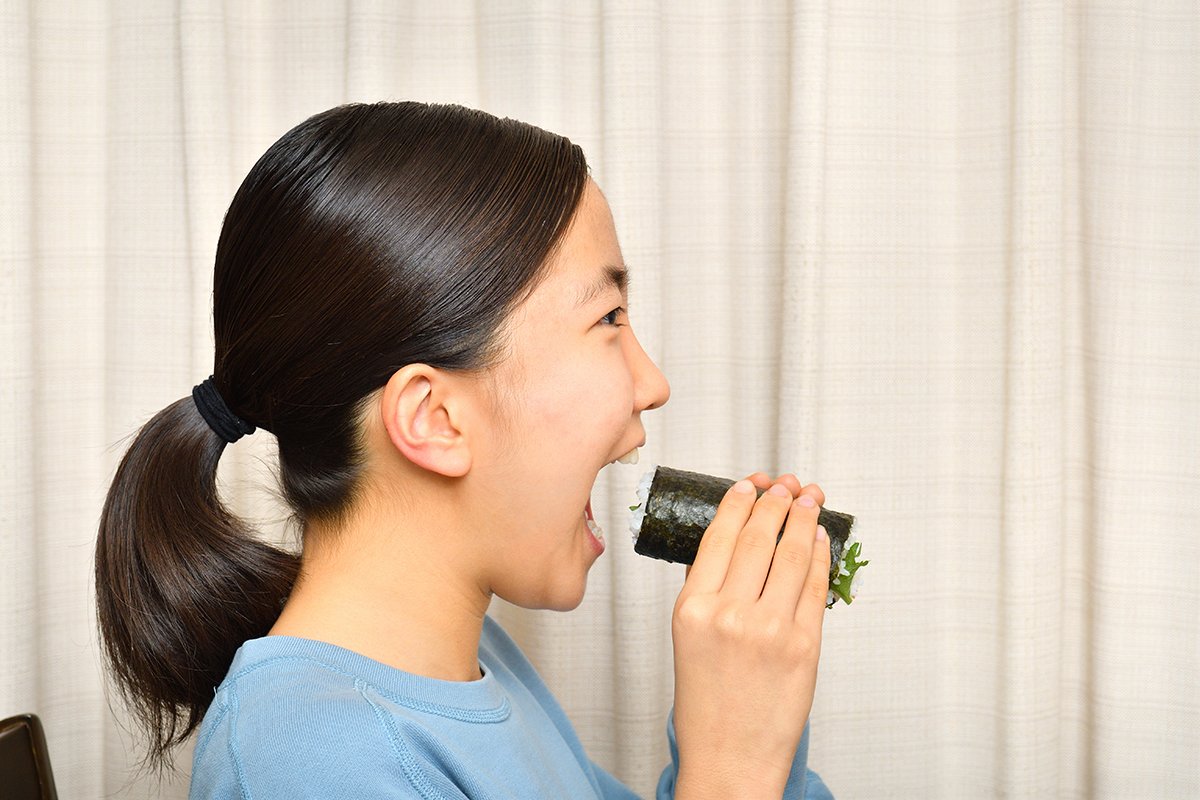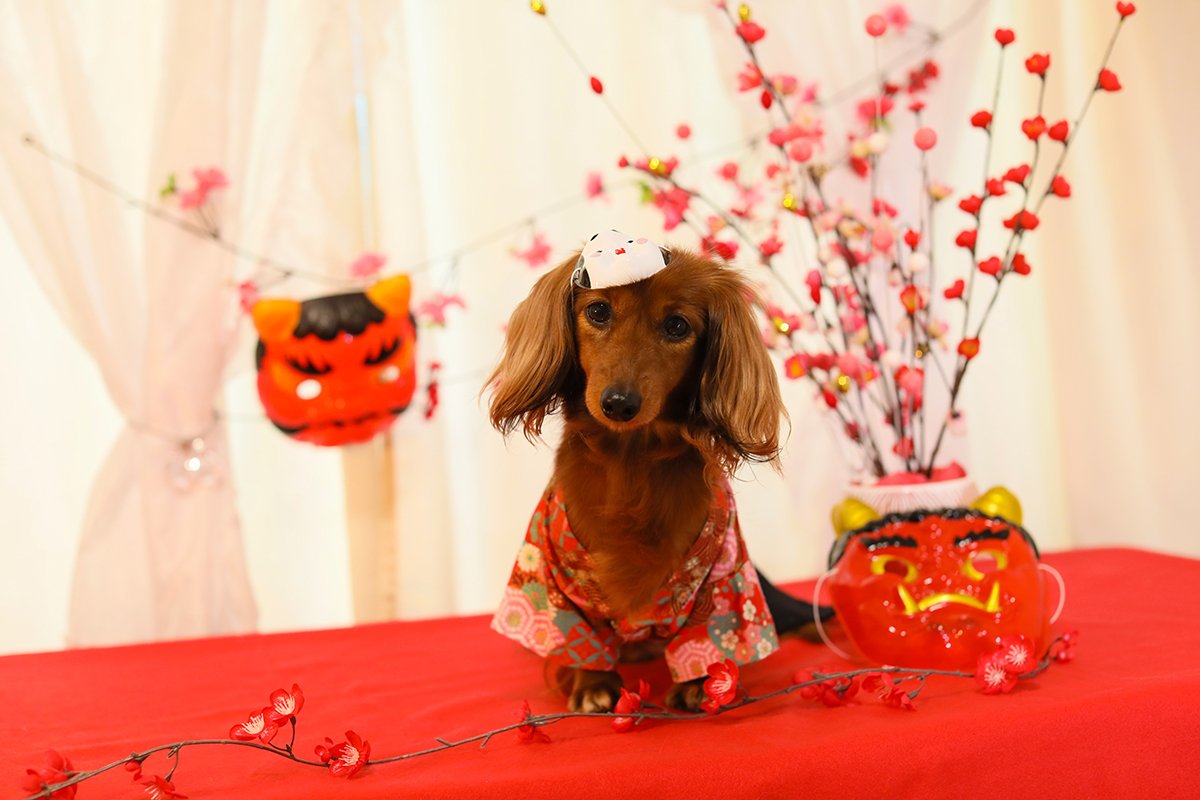Setsubun is an event held at the beginning of February that has become celebrated nationwide in recent years, but few people know its meaning or origins.
Here we will explain various aspects of Setsubun that are not usually highlighted, such as the origin of Setsubun, the purpose of bean throwing, and Setsubun foods that can be eaten other than Ehomaki.
What is Setsubun and what is its origin?

First, we will explain the overview and origin of Setsubun.
When is Setsubun?
Many people may remember that Setsubun falls on February 3rd, but did you know that it doesn't always fall on that date? February's Setsubun is set to be the day before the beginning of spring, and because the beginning of spring can change from year to year, it can also fall on February 2nd or 4th.
Risshun is one of the 24 solar terms and represents the beginning of spring. The 24 solar terms are the four seasons of spring, summer, autumn, and winter, which are divided into six periods, and within spring, after risshun there are periods such as usui and keichitsu. There are also risshun, risshun, and risshun, so strictly speaking, there are four setsubuns per year.
Of the four Setsubun days, the one before the beginning of spring is especially valued, and this is related to the old lunar calendar and the way of thinking about the seasons. In the past, spring was considered the beginning of a new year, as January was called "Shinshun." January in the lunar calendar corresponds to February today, and Setsubun in February, which marks the transition to a new year, was considered important.
The origin of Setsubun
The beginning of spring marks the transition from winter to spring. Since ancient times, it has been believed that unusual things happen at the change of seasons, and that unexpected events are more likely to occur.
Therefore, Setsubun events began to be held on the day before the beginning of spring to drive away evil spirits and pray for good fortune to come. There are various theories about the origins of Setsubun, including the Heian period or the Muromachi period, but it is one of Japan's oldest traditional events.
The purpose of bean throwing and the correct way to do it

Next, we will explain the purpose of bean throwing, which is done on Setsubun, and the correct way to do it.
The purpose of bean throwing
Many people have heard the saying "Oni wa soto, fuku wa uchi" (Demons out, good fortune in) when throwing beans. The purpose of throwing beans on Setsubun is to drive away demons and bring good fortune into the home.
When we hear the word "oni" (demon), we may imagine the mythical horned creatures that appear in old tales such as Momotaro, who are defeated by throwing beans at them. However, in the past, oni were thought to bring about disasters such as illness and misfortune, and beans were apparently thrown to ward off evil spirits rather than to defeat oni.
On modern Setsubun, beans are scattered, but originally rice and other grains were also used. Just as a bountiful harvest is a symbol of happiness, scattering grains was thought to bring happiness, and there is also an ancient legend that says "Bishamonten threw beans into the eyes of an ogre to drive it away." As beans became the grain of choice, the modern image of slaying demons seems to have taken root.
By the way, when throwing beans with children at kindergartens and other places, they may explain that the purpose of the event is to drive away the demons in our hearts, such as mean, bitter, or selfish feelings.
The correct way to throw beans
Roasted soybeans, known as "lucky beans," are used for the Setsubun bean throwing. Roasted beans are considered to bring good luck because "roasting beans" sounds similar to "shooting the evil eye," but in some regions peanuts are also thrown instead.
There are subtle differences in how beans are thrown depending on the region, so we will introduce the most basic way to wrap them.
- Prepare the lucky beans
- Decide who will throw the beans
- Throw beans from inside the house to the outside while saying "Oni wa soto" (Demons out)
- Throw beans from the outside of the house to the inside while saying "Good fortune is in"
If you have an oni mask, you can choose someone in your family to play the role of the oni. To make it easier to clean up and dispose of, small rolled up pieces of paper are sometimes used instead of beans, and the beans are prepared just for eating. When eating beans, it is said that it is good to eat the number of beans equal to your age plus one.
Setsubun Food

Besides beans, there are other foods that are eaten on Setsubun. Below we will explain each food and the meaning behind eating them on Setsubun.
Ehomaki
Ehomaki, a thick sushi roll eaten on Setsubun, was originally eaten mainly in the Kansai region, but is now becoming a staple throughout the country. To avoid the connotation of "cutting ties," the proper etiquette is to eat the entire ehomaki in silence, facing the auspicious direction of the year. The reason for eating in silence seems to be that it was believed that "talking would make luck slip away."
Konjac
Konnyaku is considered a food that cleanses the body, and in some regions it is customary to eat it at turning points in the year. Konnyaku is also eaten on Setsubun, with the aim of expelling bad things from the body.
sardine
Sardines have a strong smell when grilled, so it was believed that if you grilled and ate the sardine's head, stuck it on a holly leaf, and displayed it at your front door, demons would be disgusted and would not come in.
Although they are rarely seen in cities or apartment buildings these days, it seems that they sometimes eat fried sardines or sardines in oil without decorating their heads.
buckwheat
"Toshikoshi soba" is eaten on the day before the New Year, but originally it was the day before the beginning of spring on the lunar calendar, in other words, Setsubun Day, which was New Year's Eve, so even today people sometimes eat soba on Setsubun.
Kenchinjiru soup
Kenchinjiru is said to have originated from a dish made by monks at Kenchoji Temple in Kamakura, Kanagawa Prefecture. In some areas, it is eaten on Setsubun as a lucky food.
whale
Eating the meat of large animals is also considered auspicious, and in the San'in region and other areas, there is a custom of eating whale on Setsubun.
summary

This article has been partially re-edited by KARUTA from an article originally published on "Nihongo Biyori."
Any unauthorized reproduction or use of the contents, text, images, illustrations, etc. of this website is strictly prohibited.
